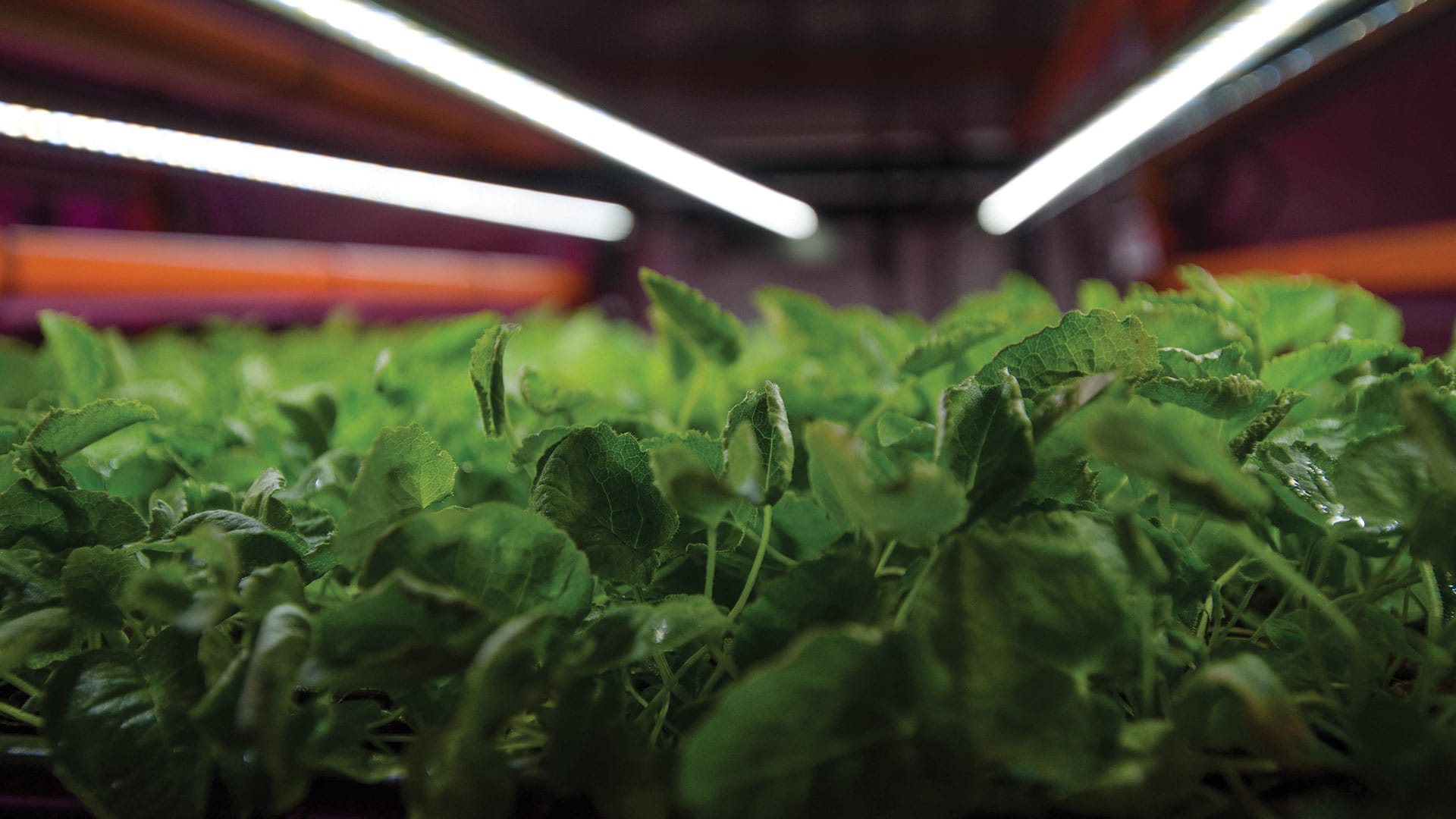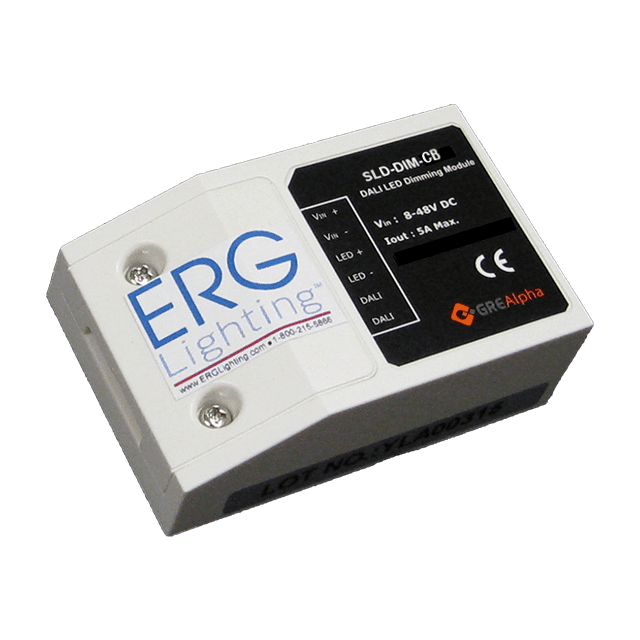I think we are having some fundamental misunderstandings of definitions that need to be cleared up.
In any case, from a book,
At any given similar height the following measurements can be taken and are actual definitions we can all agree on.
PAR=Photosynthetically Available Radiation (general horticulture guideline measurement I suppose; one can argue some plants require more or less of certain wavelengths along the general photosynthetic spectrum/ wavelengths than others can and that each plant has some differences in its spectrum needs which would make some PAR useless... some might require more green less blue or less red more blue some may even like yellow more than others etc which all effects a given plants)
PPF= Photosythentic Photon Flux= PAR that is produced per second. not all that useable all by itself but important to understand for "PPFD" and "spread"
PPFD= Photosynthetic Photon Flux Density at a given spot. How many photons of usuable light energy radiation are in a given area.
Full Spectrum= the requirement for all of the plant specific needs of light... aka the plant is recieving the maximum of each different part of the spectrum that it can use. Its need/wants for photons of every color are met in full.
Consider full spectrum indoors lighting like having your daily supplement. You take your daily supplement incase your dietary needs are not met by your natural eating habits (lack of natural sunlight).
Coverage= available measured light projection field area at a given height (consider coverage the area within the "spotlight" where things can light up)
PPFD "Spread"= the way we can understand the change from average/volatility of PPFD over the coverage area. A "good spread" will have the same PPFD acrross the whole coverage area. No variance away from average PPFD=Perfect Spread
As of current, we humans have only recreated light emittance in a way where PPFD has a higher level in the middle/center of our lightsource. This is quiet unlike the sun raining down up us, giving us and plants an indefinitely wide coverage area and the most even spread one could imagine with its massive distance away and sheer thermonuclear power. As such we horitculture hobbyists often try to get by our center focused light emittance issues by raising the light height, using a larger light coverage area as a means to get a more even "PPFD spread". But while they may be getting a more even "spread" where there is less weighted from center variance/volatility from average PPFD, they may also be sacrificing useable light to reflection in the process. Allow me to explain, For instance, most grow tents have as high as 97% reflectivity, which is good! But that also means 3% of all light that reflects off of them is lost and that my good sirs proves to possibly limit efficiency of your light source in your environment. When you raise your light and increase the coverage area border to a point past the plants you lower your efficiency due to reflection limitations.. In raising lights to a height where the coverage area spotlight exceeds the plant matter you increase your inefficiencies and PPF/PPFD average loss.
Understanding and making manufacturers clearly list information falls upon us as the consumers. In general, and as consumers, it is important we stay educated. In order to to hold manufacturers responsible we need to understand basic horticulture definitions so we know what we are talking about and dont make a fool out of ourselves and our wallets. Knowledge is power. Let us not be taken for fools because we wrongly assumed a manufacturer has good intensions in regards to providing truthful or transparent testing.
Manufacturers fear the educated coomsumer.








